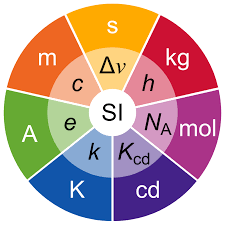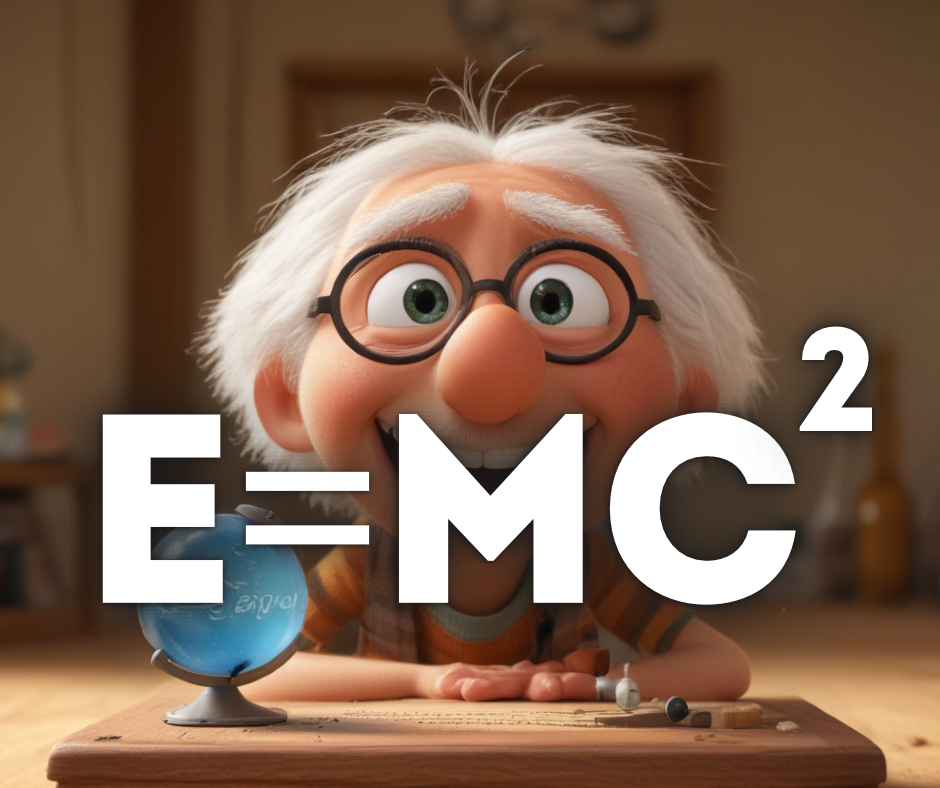Introduction: In the vast expanse of the cosmos, few entities captivate the human imagination as much as black holes. These enigmatic cosmic phenomena, born from the death throes of massive stars, defy our understanding of the fundamental laws of physics. As we embark on this cosmic odyssey, let us delve into the intricacies of black holes, exploring their formation, peculiar properties, and the profound impact they have on our understanding of the universe.
I. The Birth of a Black Hole: Black holes emerge from the remnants of massive stars that have exhausted their nuclear fuel. When such a star undergoes a supernova explosion, the outer layers are ejected into space, leaving behind a dense, collapsed core. If this core exceeds a critical mass known as the Chandrasekhar limit, gravity becomes so intense that not even light can escape, giving birth to a black hole.
References:
- Chandrasekhar, S. (1931). “The Maximum Mass of Ideal White Dwarfs.” The Astrophysical Journal, 74, 81.
II. Anatomy of a Black Hole: Black holes are characterized by their three defining features: singularity, event horizon, and ergosphere. The singularity is a point of infinite density at the core, where the laws of physics break down. The event horizon, a boundary beyond which nothing can return, marks the point of no escape. The ergosphere, a region surrounding the singularity, exhibits the peculiar property of dragging spacetime along with its rotation.
References: 2. Hawking, S. W. (1974). “Black Hole Explosions?” Nature, 248, 30.
III. Unraveling the Information Paradox: Stephen Hawking’s groundbreaking work on black hole thermodynamics introduced the concept that black holes are not entirely black. Instead, they emit radiation, now known as Hawking radiation, leading to a gradual loss of mass. This revelation triggered a deep theoretical conundrum known as the information paradox: if black holes can lose information, what happens to the fundamental principles of quantum mechanics?
References: 3. Hawking, S. W. (1975). “Particle Creation by Black Holes.” Communications in Mathematical Physics, 43, 199-220.
IV. Observational Evidence: While black holes themselves are invisible, their presence can be inferred through the observation of their gravitational effects on nearby matter. The groundbreaking detection of gravitational waves by the Laser Interferometer Gravitational-Wave Observatory (LIGO) in 2015 marked a historic moment, providing direct evidence of the collision and merger of black holes.
References: 4. Abbott, B. P., et al. (LIGO Scientific Collaboration and Virgo Collaboration) (2016). “Observation of Gravitational Waves from a Binary Black Hole Merger.” Physical Review Letters, 116, 061102.
V. Supermassive Black Holes at the Galactic Centers: At the heart of many galaxies, including our own Milky Way, lie supermassive black holes with masses millions or even billions of times that of our Sun. The interplay between these cosmic behemoths and their surrounding environments plays a crucial role in shaping the structure and evolution of galaxies.
References: 5. Kormendy, J., & Richstone, D. (1995). “Inward Bound—The Search For Supermassive Black Holes in Galactic Nuclei.” Annual Review of Astronomy and Astrophysics, 33, 581-624.
Summary: The exploration of black holes continues to be one of the most exciting frontiers in astrophysics, pushing the boundaries of our understanding of space, time, and the nature of the universe. As we unravel the mysteries of black holes, we are not only expanding our scientific knowledge but also embarking on a journey that challenges the very fabric of reality. The cosmic odyssey of black holes invites us to contemplate the awe-inspiring wonders of the universe and humbly acknowledge the limitations of our current understanding.



